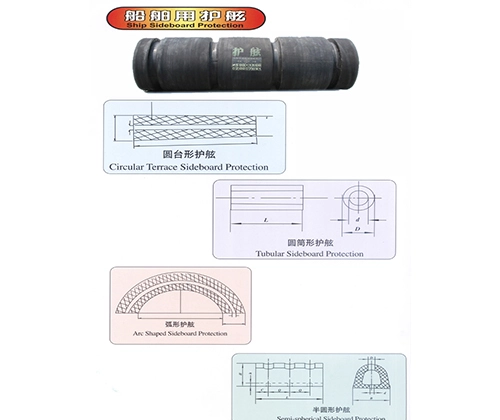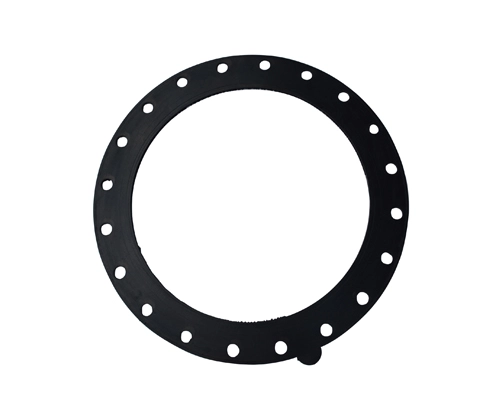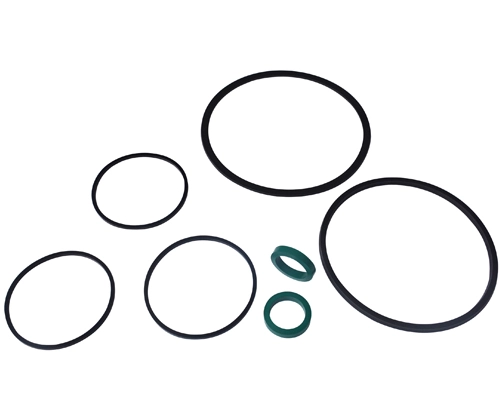While dredge discharge hoses and dredging hoses both play important roles in dredging projects, there are some differences in their functions, uses, and structural designs.
Function and Use
Dredge Discharge Hose
Mainly used to transport the mixture of mud and water extracted during dredging operations from the dredging vessel or equipment to the discharge point. It is usually connected between the dredging equipment and the discharge port and serves to discharge the mud and waste over long distances. Its role is to ensure that the mud can be smoothly transferred from the dredging area to the predetermined discharge area.
Dredging Hose
A broader term that includes hoses throughout the entire dredging pipeline system, which can be used for both the intake of mud and water as well as for discharge. The function of a dredging hose is not limited to discharge; it also includes extracting the mixture of mud and water from the seabed or riverbed to dredging equipment. Its working environment and usage are more diverse and may be utilized at different stages and positions.
Design and Structure
Dredge Discharge Hose
Typically designed with greater pressure resistance and abrasion resistance because it needs to withstand higher pressure and endure friction from mud, gravel, and chemicals. Since it is mainly used for discharge operations, its structure may be more robust to ensure it can withstand the high flow rate of the mud and water mixture over a long period.
Dredging Hose
Compared to the discharge hose, the design of a dredging hose may be more flexible to meet the requirements of different positions. It can be used for intake, transport, and discharge of mud and can be utilized at different operational stages. The pressure resistance standard required might be slightly lower than that of the discharge hose.
Durability and Corrosion Resistance
Dredge Discharge Hose
Since it needs to be in long-term contact with corrosive substances such as mud and saltwater generated during dredging, the dredge discharge hose is usually made of high-strength anti-corrosion materials such as polyurethane and rubber. It possesses high corrosion and abrasion resistance to ensure stable operation in harsh environments.
Dredging Hose
Although it also needs to have certain corrosion and abrasion resistance, due to its diverse uses, the durability requirements are usually not as extreme as those of the dredge discharge hose. Therefore, its material and design might be relatively more flexible.
Despite some similarities, the main difference between dredge discharge hoses and dredging hoses lies in their use, pressure resistance, and design requirements. The dredge discharge hose is specifically used for the discharge stage in dredging projects and needs to withstand higher pressure and abrasion, while the dredging hose covers hoses throughout the entire dredging system and can be used for both intake and discharge of mud. Choosing the appropriate hose type according to the specific operational needs can ensure the efficiency, safety, and stability of dredging operations.
- Sewer Seal Ring: Securing Urban Infrastructure
- Comparison of Floating Rubber Hose with Other Types of Hoses
- How to Choose Suitable Flexible Dredge Hose
- Product Characteristics of Yonghong Sealing Rings for Ships
- Applications of Polymer Materials and Composite Materials in Marine Rubber Seals
- Power 2+ Years of Zero Downtime in River Maintenance
 English
English


